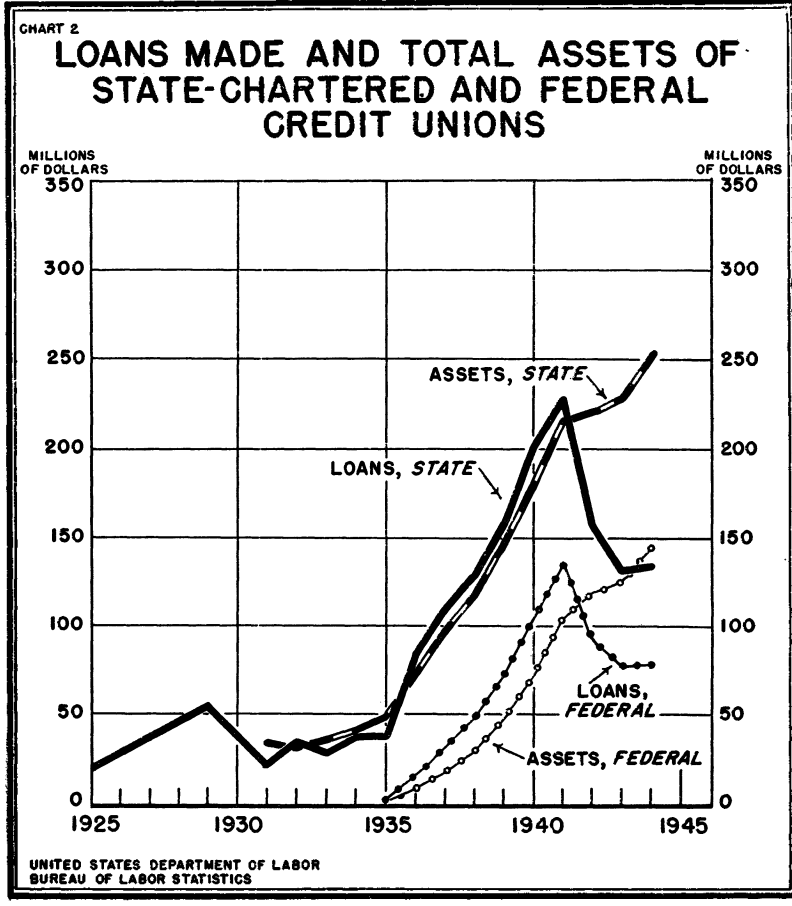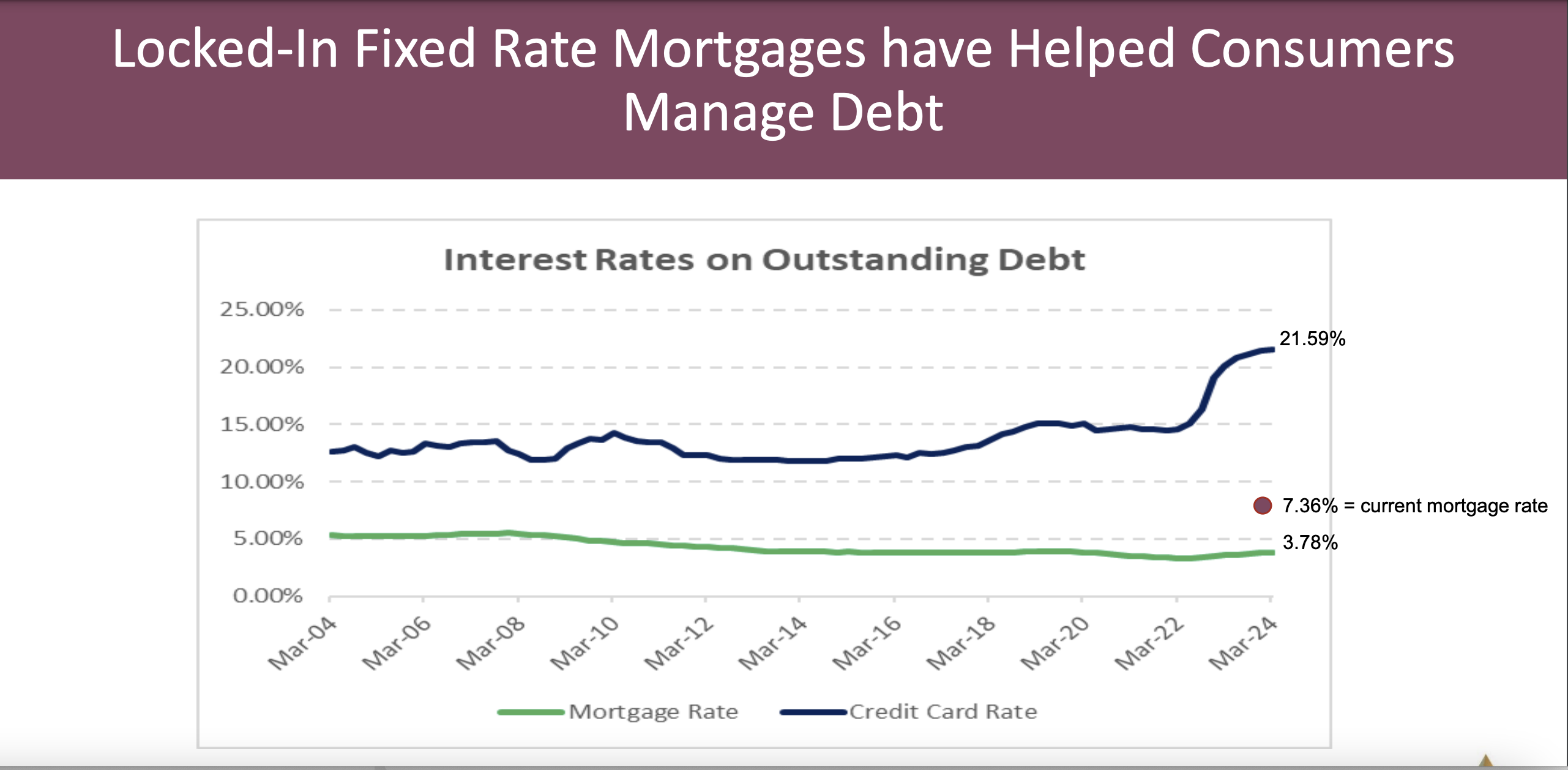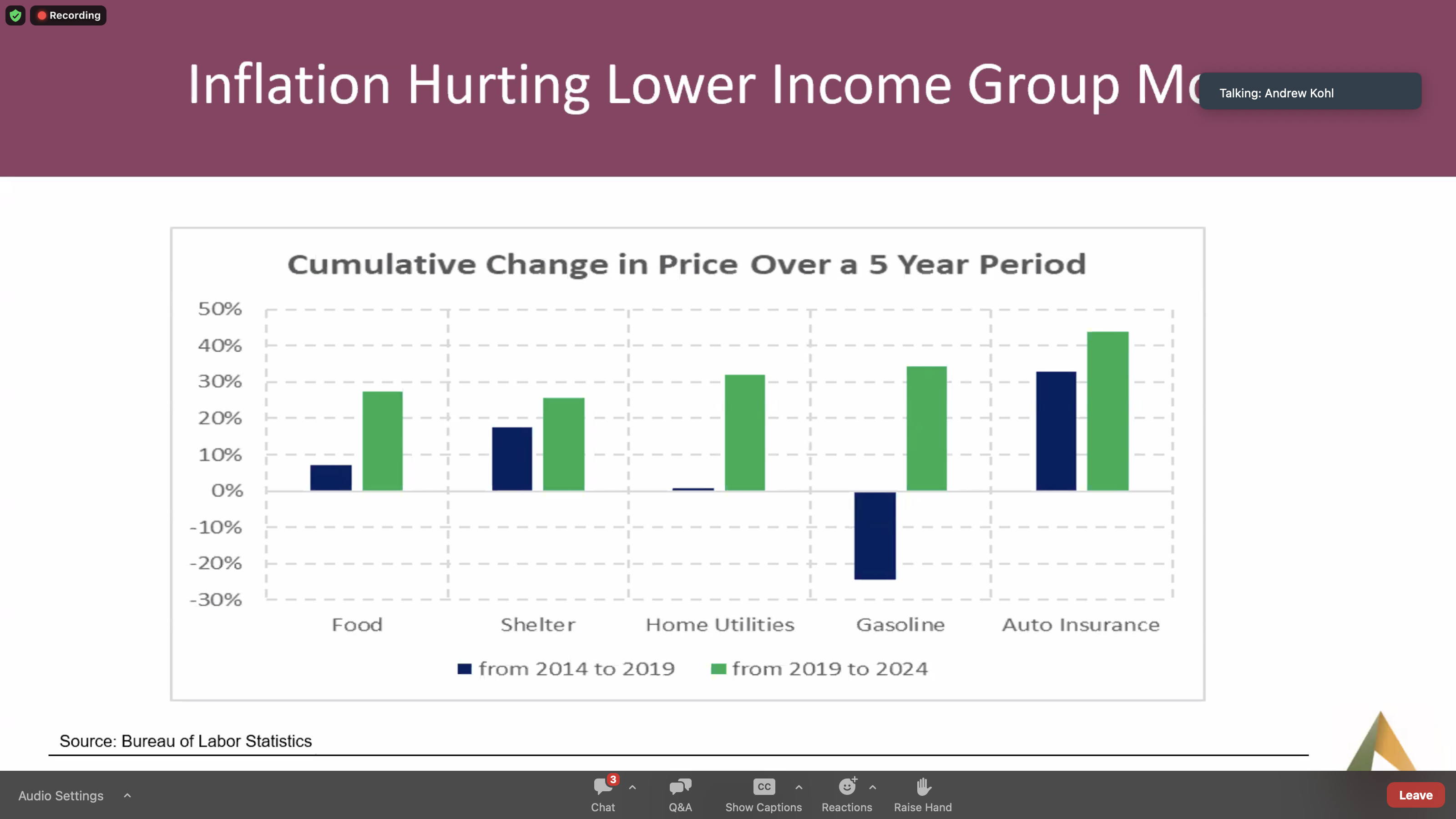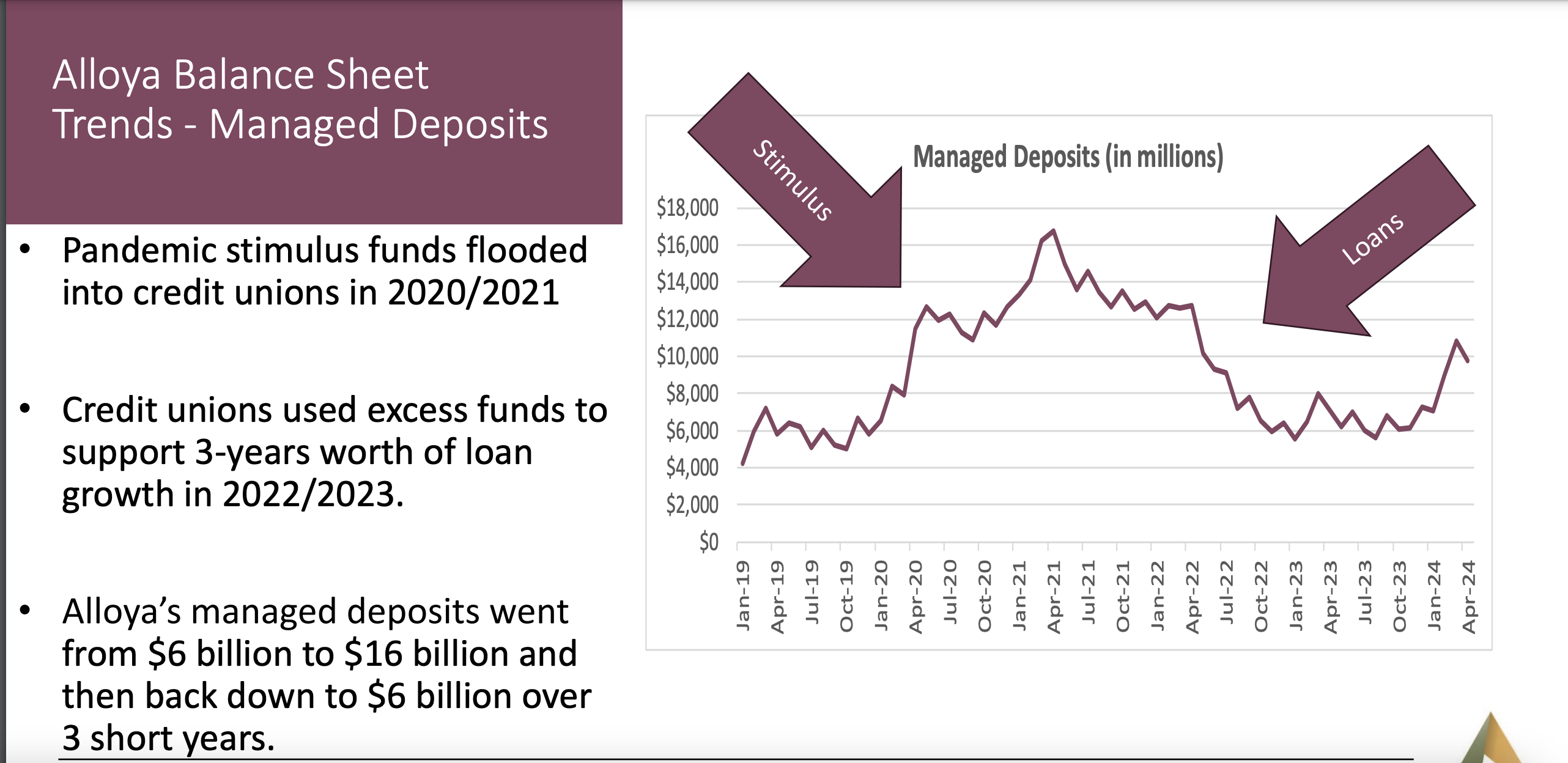There is a growing use or reinterpretation of business models where a critical product or solution is not managed in house, but rather outsourced to a third party.
“Software as a service,” a term with multiple meanings, is one example. Another I learned about recently was “banking as a service.” In this configuration the chartering functions are separate from the back office support operations, which are run totally by a third party.
In these “service” models, separate organizations integrate their special skills to achieve common purpose.
There was a time and indeed an era, when credit union regulation was seen as actual “public service.” That is regulators were to serve the operations, needs and success of the overall cooperative system. Their role was integral and supportive. Regulators were not a distant authority merely keeping lookout for and, if necessary, the cleanup business accidents.
Regulation as a Service
The following are the high points from an extended list in an NCUA Annual report for how the Agency, in its word, “served” America’s credit unions that year. There were two categories: Benefits and Outreach.
For credit unions benefit:
NCUA’s efforts to reduce costs and implement efficiency resulted in federal credit union paying 2.9% of $1.3 million less in 1997 to support NCUA operations.
The second consecutive NCUSIF dividend which returned over $100 million to federally insured credit unions last October. . . is a tribute to the strength and sound management skills of today’s credit union community.
At NCUA a major contribution to efficiency was fully implementing the new Automated Integrated Regulatory Examination system (AIRES). It is a critical component to improve the examination process for both NCUA and credit unions.
Outreach Initiated
Last year 12 federal credit unions and 12 NCUA examiners participated in a pilot program placing examiners behind the scenes in credit unions for two weeks.The purpose was to provide examiners with first hand knowledge of daily credit union operations.
NCUA began asking credit unions to evaluate their NCUA exam in a brief one-page critique. The goal is to incorporate improvements and to promote open communications with credit unions.
A technical highlight was linking NCUA to the World Wide Web.
The agency . .. launched a major effort to achieve a diverse work force and improve our employee’s quality of life.
(Source: Page 6 NCUA 1996 Annual Report)
A Public Servant vs. An Independent Regulator
Following the corporate crisis in 2008/09, the NCUA board stressed their independence from credit unions. The revised corporate rules were imposed, not created in consultations. Other examples were the initial refusal to publish and take comments on the agency budget and the secrecy of the NOL calculation. And later on, the risk-based capital regulation.
These initiatives and publications (A Guide to Credit Union Mergers) and proposed rules (closing all home-based credit unions) were from a position that “NCUA knows best.”
While some regulators will have initiatives from their experience with credit unions, many NCUA board members have little or no prior first-hand knowledge. As a result they seek answers in the statutes, by looking across town to other regulators, or sometimes simply following the political winds of the Administration (Free market or Consumer protection are recent examples).
Weathervanes Responding to Winds?
To overcome this inexperience and/or knowledge gap, regulation as a service is one way board members can align their priorities with credit union needs. Without this focus, it is easy to set policy by default. Look for where the wind is blowing the hardest versus what would assist credit unions to better serve members.
Instead of service for the public, NCUA becomes another Washington DC governmental “authority” directing members’ lives.
The interesting part about the verbatim accomplishments reprinted above is that most of these initiatives were not new. But they reflected an attitude of accountability and support for the credit union community. Not a bad place for any policy or priority to start.
Editors note: For an even older description of this service approach read the article, Changing Role of the Regulator: Relationship Based On Mutual Respect, by CEO Frank Wielga on pages 14 in NCUA’s 1984 Annual Report )












